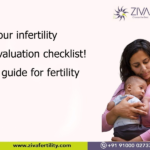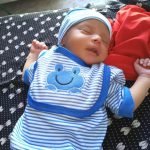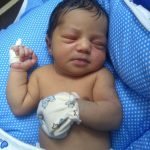More and more couples choose IVF (In-Vitro Fertilization) as an Assisted Reproductive Technique(ART). The popularity of IVF is primarily based on the success rates, flexibility in using donor eggs or donor sperm, ability to choose to store frozen embryos for future use etc. Ovarian Stimulation is integral to the success of IVF and happens in the second stage of IVF.
IVF cycles are sometimes canceled when conditions are not ideal for pregnancy. These situations may include ovarian cysts, issues with eggs, sub-optimal hormone levels, premature ovulation, OHSS, or illness. Options after a failed cycle include trying again, modifying your approach to IVF, or trying another ART method.
What is Ovarian Simulation?
In women, one single egg is released per month during ovulation. During IVF, ovarian stimulation is essential to harvest a maximum number of mature eggs from the woman’s ovaries. In this 8 to 14 days procedure, the number of eggs fertilized is consequently maximized. The goal is to produce 8 to 15 mature follicles, each size 14-20 mm, in diameter. Such mature follicles can produce quality eggs during the egg retrieval stage of this whole process.

Thorough testing ensures that there aren’t any potential complications during ovarian stimulation. An antral follicle ultrasound test is done to assess the ovaries ability before stimulation. Follicle size, the woman’s age, and earlier IVF stimulation results affect the number of follicles required for the IVF treatment.
Ovarian Simulation Procedure
Follicle-stimulating hormone (FSH) or Luteinizing Hormone (LH) stimulating injections are administered. These hormones trigger the ovaries to produce more mature eggs. The LH levels in the body increase right before the ovulation process. Sometimes, trigger shots of hCG or Human Chorionic Gonadotropin are injected for better ovulation.
Why does Ovarian Stimulation not work as expected?
Over Stimulation or Under Stimulation
If the woman’s follicles are slow, then the duration of medication has to be increased. The procedure fails in cases of both overstimulation and stimulation. Timing and utmost care are crucial factors for ovarian stimulation procedures. Hence proper dosage must be administered at the right time. Ovarian hyperstimulation syndrome causes severe discomfort for the woman, whereas inadequate stimulation defeats the purpose of the procedure since few eggs are released.
Lack of experienced specialist
The doctor must choose the proper medication protocol and dosage regimen. Just administering the dosage is not sufficient. Continuous monitoring is equally essential, and the dosages should be adjusted accordingly.

Lack of proper hormonal monitoring
The estrogen or estradiol levels must be monitored, typically 60 pg/ml. These levels peak at around 1000 and 4000 pg/ml during an IVF. Ultrasound measles the developing follicle sizes.
Poor health and environmental factors
Suppose the woman’s health is poor, which means improper hormone levels, malnutrition, genetic conditions and chronic illnesses. In addition, being overweight, stress and tension, excess smoking, alcohol, and recreational substances can adversely affect ovarian stimulation response.
Poor Ovarian Reserve
Ovarian reserve is the number of eggs available for a woman to respond. Inadequate ovarian reserve can be identified by:-
- High levels of follicle-stimulating hormone (FSH)
- Low levels of anti Müllerian hormone (AMH)
- Low antral follicle count on ultrasound
If any of the above conditions are met, she is not robust for ovarian stimulation. Therefore, the usage of donor eggs is most suggested for these patients.
We at ZIVA Fertility have enormous experience in handling IVF cases. We thoroughly assess the female before starting the stimulation process. We will continuously monitor the patient and are transparent with the results. Reach us today at +91 93474 06900 or +91-9100002737 or email us at Info@zivafertility.com
















